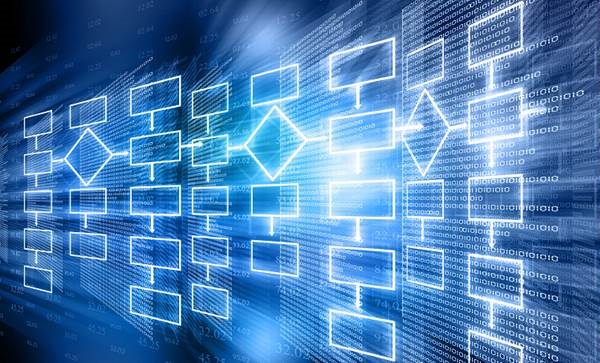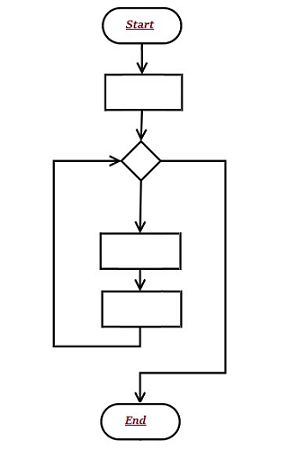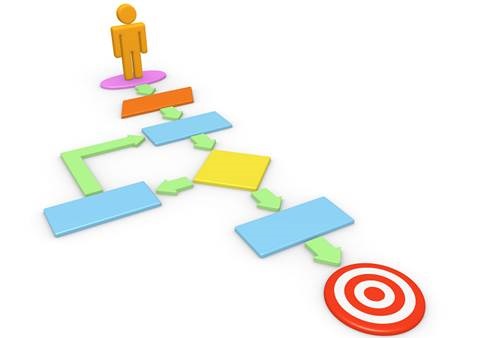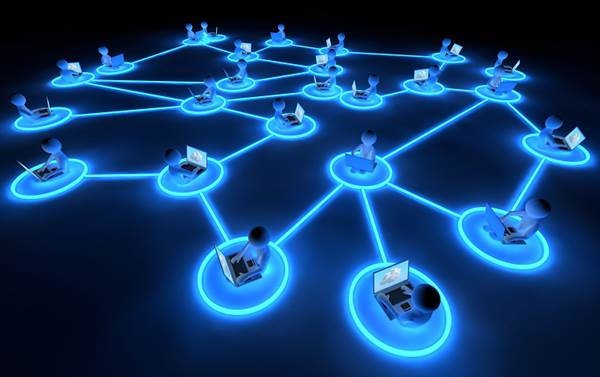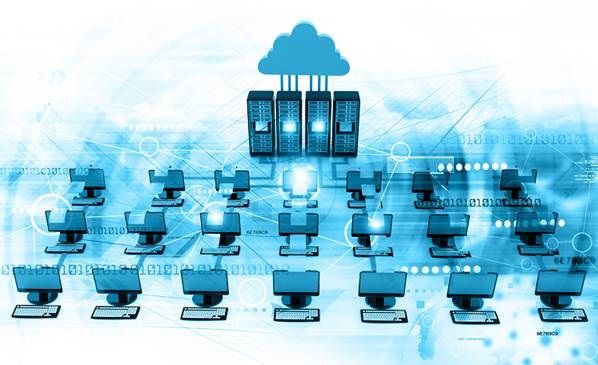An extranet is a sort of personalized service, which is controlled and regulated by private network.
This personalized and controlled technology provides access only to partners, vendors, and suppliers; sometimes, not essentially, but also to some specific customers.
An extranet is a private network organization, which is actually the part of respective company’s intranet and its services are extended to users outside the company. Sometimes, it is also considered as a specialized technique to practice business with other companies and selling products to the customers.
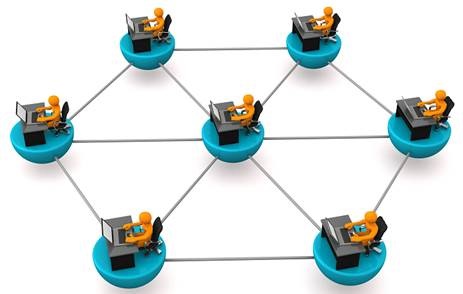
In order to do business with other business partners, extranet technology facilitates the intranet from one location to other and also provides security to data flow.
An extranet service requires firewall server management in order to provide security and privacy.
Features of Extranet Services
Following are the significant features of extranet services −
Extranet is an extended Internet service to the private business network.
The services extend outside the corporate firewall.
Sometimes, it can be referred to an Intranet, as it can be (partially) accessible to some outsiders (with permission).
The technique of extranet links two (or more) business organizations who share common business goals.
Application of Extranet
Extranet can be applied for the following services −
It facilitates collaborative business between two (or more) companies
By using this technology, a joint training program (with other company) is conducted
By using electronic data interchange, large volumes of data are shared swiftly
It is used to share product catalogs especially with wholesalers
Extranet service is also used in providing customer support
It is used to share business news with partner companies
Advantages of Extranet
The advantages of Extranet services are as follows −
- It makes business (services) swift and faster.
- It helps greatly in improving the business communication.
- It helps in reducing the cost (especially in terms of stationery stuff).
- It helps in improving the efficiency and confidence of the employees.
- It reduces some big physical barriers (especially the geographical distance).
Major Fields Using Extranet
Following are some of the major fields that are using Extranet service on a large scale −
- Corporate houses
- Government offices
- Education centers
Intranet is more localized, as only internal employees have the accessibility. In contrast, Extranet covers a wider area, as outsiders (such as partner, vendor, or even customer) have the authorized accessibility.


